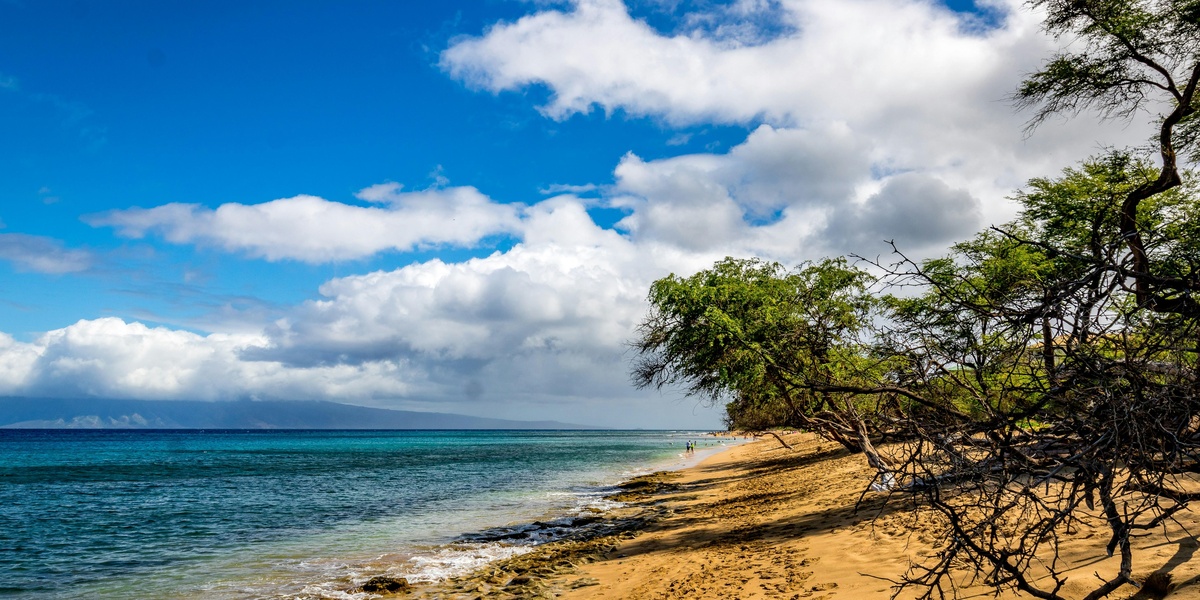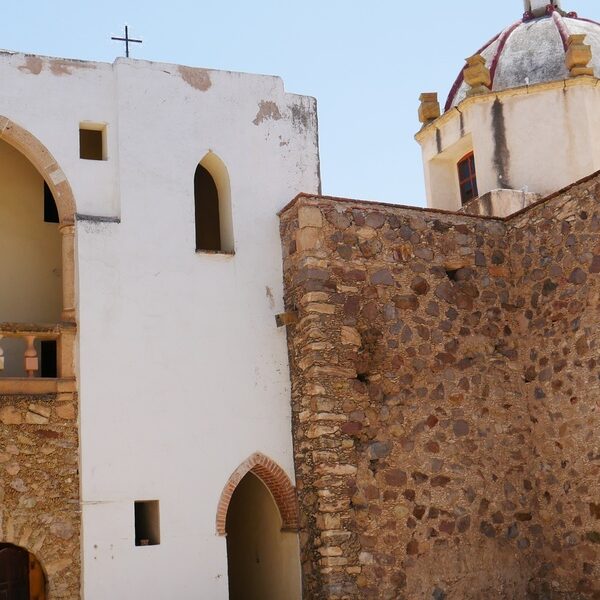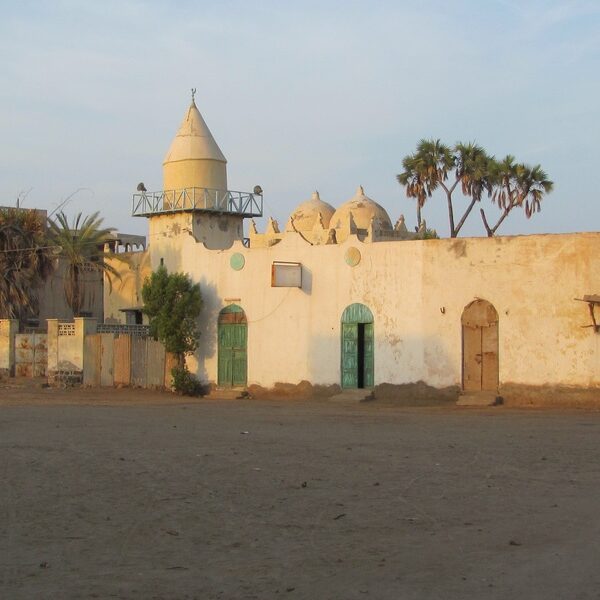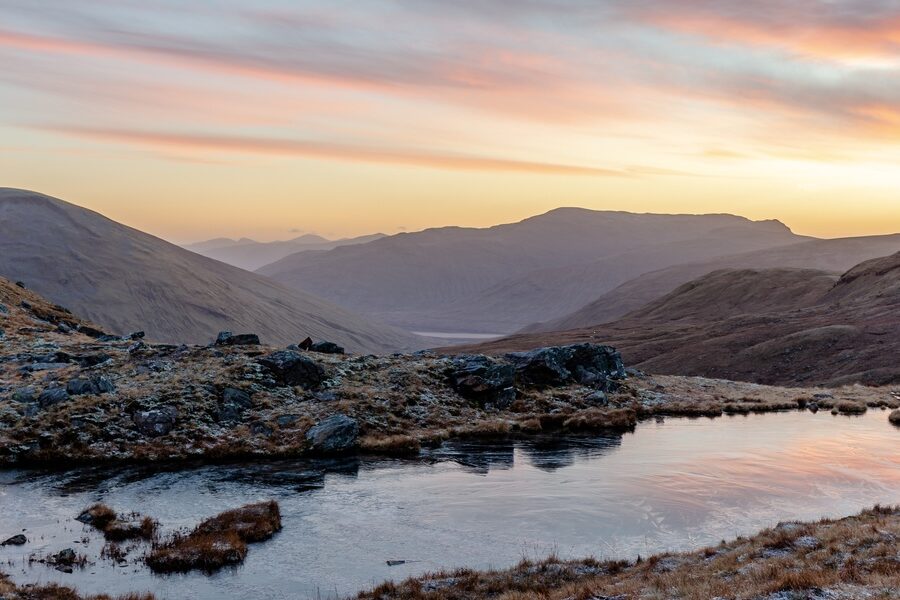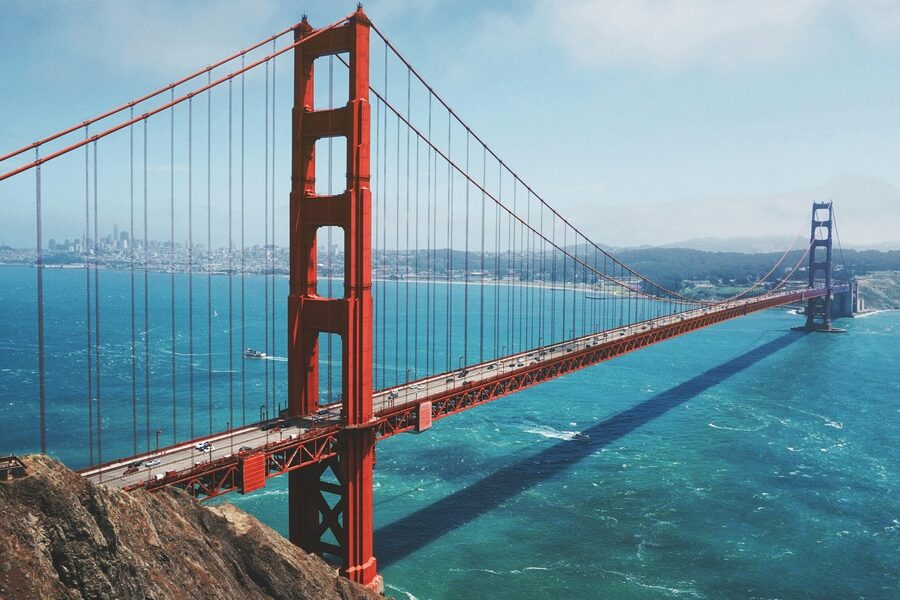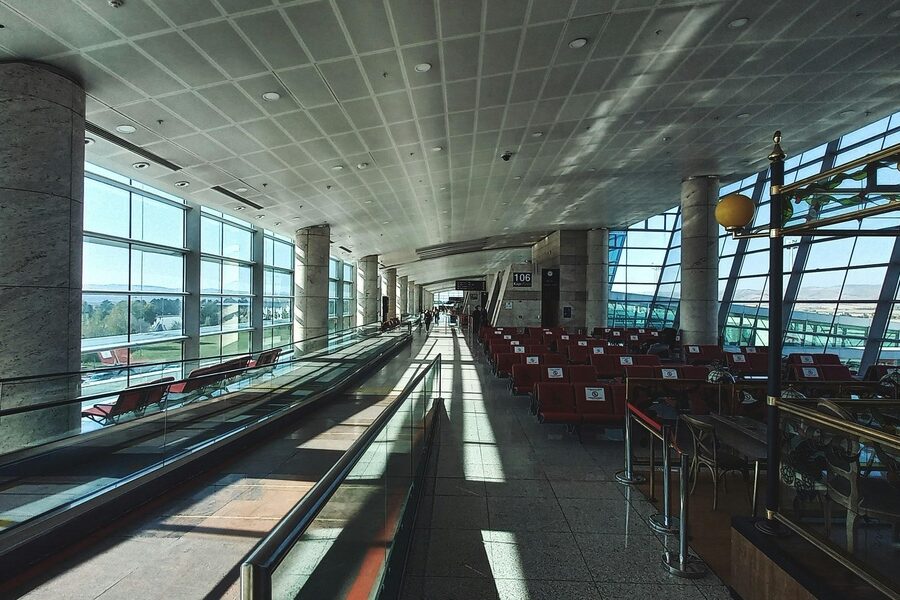The famous Road to Hāna features around 600 curves and nearly 60 one‑lane bridges, making it as much a journey as a destination — picture a ribbon of coastal cliffs, rainforest pullouts, and waterfall side stops that demand a slow, curious pace. Maui is more than postcard beaches: from volcanic summits and winding coastal roads to living Hawaiian culture and seasonal wildlife, here are eight genuinely cool, varied experiences that show the island’s range. These suggestions cover high‑elevation vistas and reef swims, tangible cultural sites and farm‑fresh meals, plus the seasonal pull of humpback whales; they’re practical, bookable, and span adventure, culture, and relaxation (Haleakalā summit elevation: 10,023 ft). If you’re looking for cool things to do in Maui, this list gives one clear pick for each mood and how to make it happen.
Outdoor Adventures
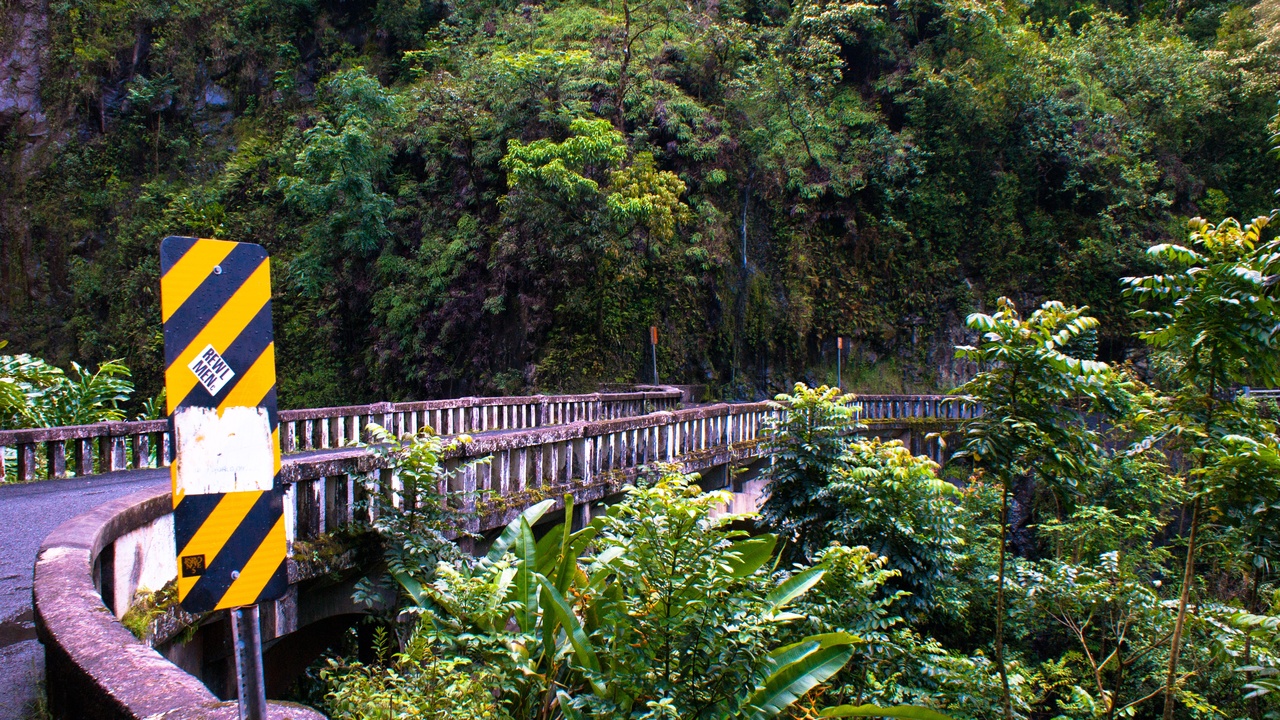
Maui’s dramatic landscapes range from a 10,000‑ft volcanic summit down to reef‑fringed shorelines, so outdoor days can look completely different from one another. Plan around seasonal windows—sunrise reservations at Haleakalā and calm‑sea mornings for Molokini—and treat safety and booking as part of the trip.
1. Watch Sunrise from Haleakalā
Climb to the summit at 10,023 ft for an epic sunrise above a sea of clouds with long, sharp light that’s a photographer’s dream. The payoff is the changing colors and a real sense of island geology from the crater rim.
Haleakalā sunrise viewing often requires an advance reservation during busy months—check the National Park Service website for current permit rules and time windows. Temperatures at dawn can dip near freezing, so bring layers, gloves, and a wind shell.
Book a park‑approved guided sunrise tour (small‑group vans are common) if you prefer not to drive in pre‑dawn conditions. Sunset is a good lower‑effort alternative when sunrise reservations are full; the light is different but still spectacular.
2. Drive the Road to Hāna
About 600 curves and nearly 60 one‑lane bridges make this drive memorable for its rhythm as much as its destinations. The route threads rainforest, waterfalls, and dramatic coastal overlooks, with classic stops like Twin Falls, Waiʻānapanapa State Park’s black sand beach, and ʻOheʻo Gulch.
Plan a full day and pick a handful of highlights rather than trying to see everything. Start early to beat tour buses, pack water and snacks, and respect private driveways and posted signs. Weather can close sections of the road—check advisories before you go.
If you prefer hands‑free travel, consider a small‑group guided tour that handles driving and local logistics. Otherwise, confirm your rental‑car insurance and take your time on narrow bridges and one‑lane stretches.
3. Snorkel Molokini Crater and Turtle Town
Molokini, a partially submerged volcanic crater roughly 2.5 miles off Maui, often delivers visibility of 50–100 feet on calm mornings and a protected reef teeming with colorful fish. Turtle Town (near Makena) is a reliable nearshore site where green sea turtles—honu—graze on the reef.
Book morning trips out of Ma’alaea or Kīhei for calmer seas and better visibility. Choose reputable operators that follow NOAA and state guidelines; many provide top‑quality snorkel gear and briefing on marine‑life etiquette.
Bring reef‑safe sunscreen, a rash guard, and (if you have them) your own snorkel set. Remember: do not touch or chase turtles, and stay clear of coral to protect fragile habitats.
Cultural & Historical Experiences
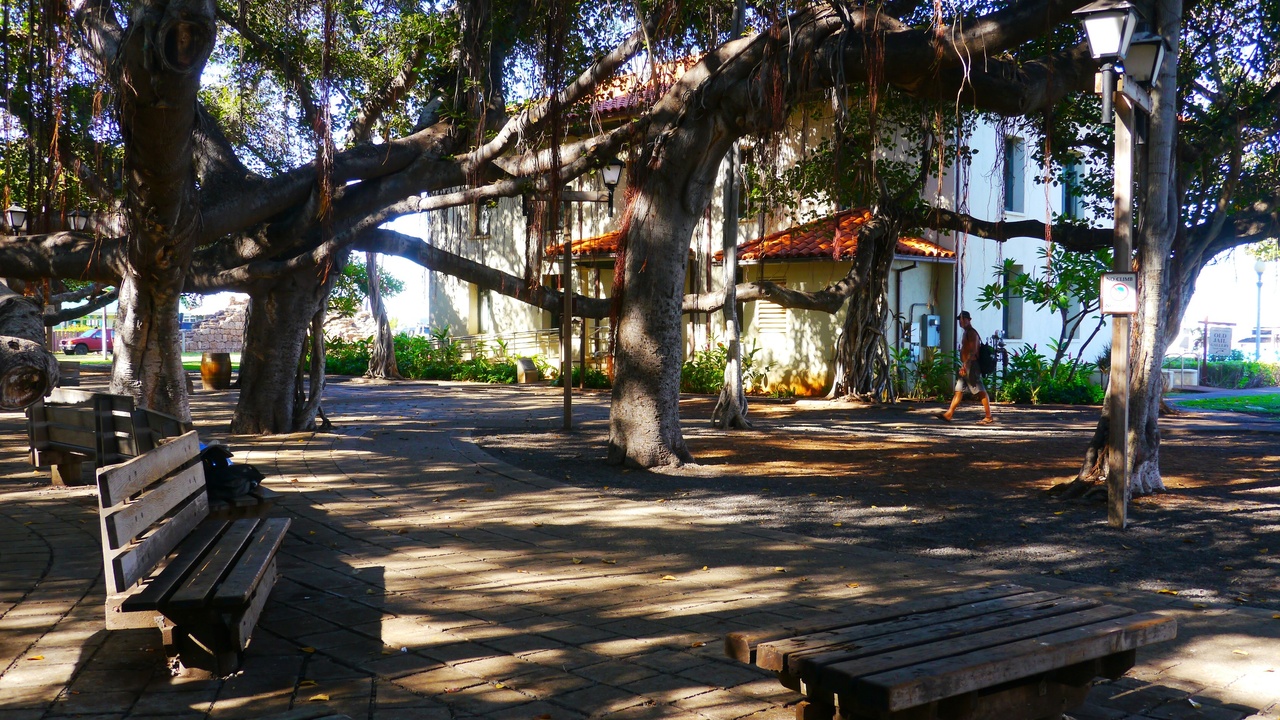
Maui’s history and living Hawaiian traditions are accessible in towns, valleys, and community programs. Approach cultural sites with respect—ask before photographing people, remove shoes where requested, and follow on‑site guidance to support local protocols and practitioners.
4. Explore Historic Lahaina Town and Front Street
Lahaina was a 19th‑century whaling port and a former capital of the Hawaiian Kingdom. The Banyan tree in Banyan Court was planted in 1873 and now shades an entire square; it’s a living landmark and easy first stop.
Stroll Front Street for galleries, shops, and the Bailey House Museum, which interprets whaling and missionary‑era life. Combine a museum visit with lunch or an afternoon art walk; weekdays usually offer fewer crowds and more relaxed browsing.
Look for seasonal exhibits or events that tie into whale season and local festivals, and check museum hours before you go to avoid surprises.
5. Attend a Traditional Hawaiian Luau
A luau offers storytelling through hula, mele (chants), and food cooked in an imu (underground oven). Programs typically run 2–3 hours and include dishes like kalua pig, poi, and laulau alongside cultural explanations.
Expect mid‑range ticket prices around $100–$200 per person at established shows. Book in advance and choose luaus that center cultural practitioners—Old Lahaina Luau is a longstanding option, while community‑run luaus can offer more intimate, locally focused presentations.
Arrive on time, follow hosts’ guidance about photos and performances, and treat the evening as a cultural exchange that supports local traditions and artists.
Relaxation and Culinary Delights
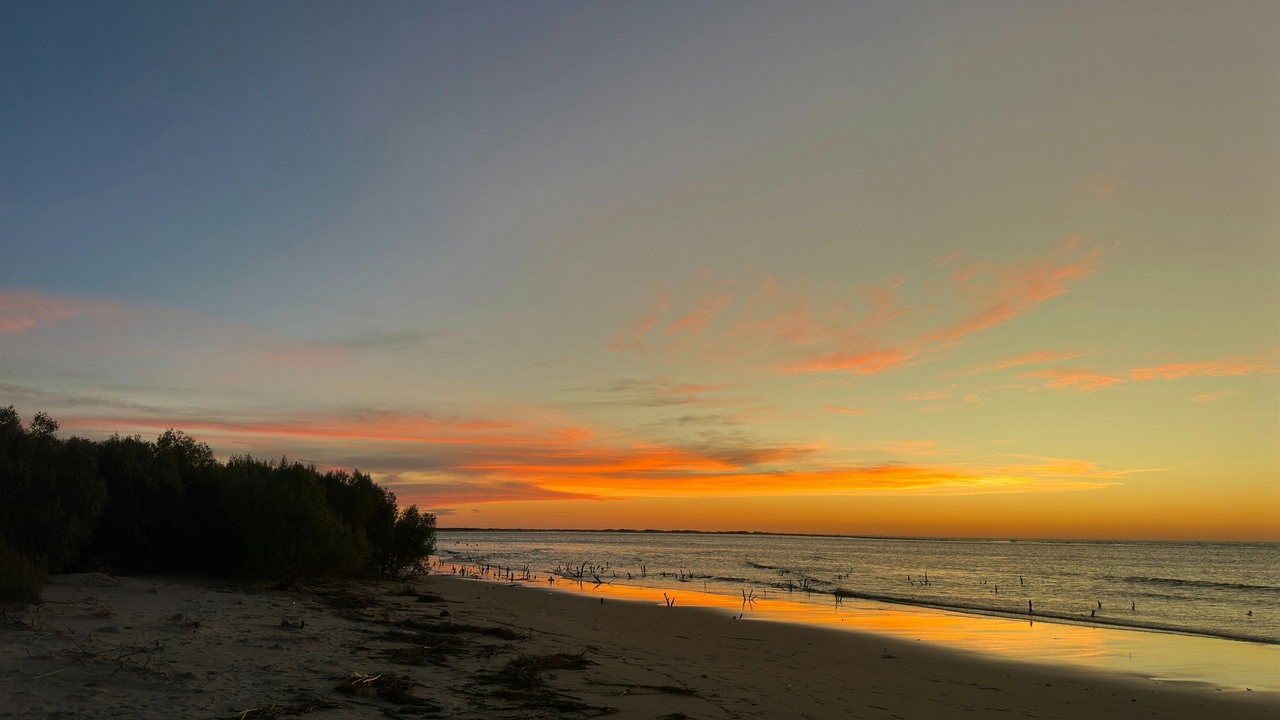
Maui balances high‑energy days with world‑class beaches, resort spas, and an increasingly strong farm‑to‑table scene. After full days of activity, carve out time for shoreline downtime, local flavors, and seasonal wildlife watching.
6. Relax on Kāʻanapali and Wailea Beaches
Kāʻanapali is a roughly three‑mile stretch with highlights like Black Rock—known for snorkeling and traditional cliff‑jumping ceremonies—while Wailea offers a quieter, resort‑centered shoreline with calm coves.
Both areas have free public access points; look up parking and park rules ahead of time. If you want full‑service amenities, consider resorts such as the Sheraton Maui at Kāʻanapali or the Four Seasons Resort Maui at Wailea.
Protect the reef by using reef‑safe sunscreen, avoiding standing on coral, and following local beach signage and lifeguard instructions.
7. Sample Maui’s Farm-to-Table Cuisine and Coffee
Upcountry Kula (roughly 2,000–3,000 ft elevation) supports coffee, vegetables, and flowers that power Maui’s farm‑to‑table restaurants. MauiGrown Coffee in Kula offers tours and tastings that connect you directly with the crop and roast.
Merriman’s helped pioneer Hawaiʻi regional cuisine and remains a reliable choice for locally sourced menus; Haliʻimaile General Store is another island favorite in Upcountry neighborhoods. Farmers’ markets are great places to meet growers and sample seasonal produce.
Consider a tasting tour or a farm‑dinner reservation to experience the full provenance of ingredients—book ahead for weekend dinners and special events.
8. Go Whale Watching (Seasonal: December–April)
Each winter several thousand humpback whales migrate to Hawaiian waters to breed and calf, and Maui is a premier place to see them close to shore. Peak months are January through March for the highest encounter probability.
Options include shore viewing from Lahaina or Kāʻanapali and guided boat excursions out of Ma’alaea Harbor for closer observation. Choose operators that follow NOAA guidelines and maintain respectful viewing distances.
Common sightings include breaches, pectoral‑fin slaps, and mother‑calf pairs. Book tours well in advance during peak season to secure the best departure times.
Summary
- Reserve early for high‑demand experiences: Haleakalā sunrise slots and whale‑watching tours fill fast.
- Plan the Road to Hāna as a full‑day, focused outing—pick several highlights (Twin Falls, Waiʻānapanapa, ʻOheʻo) rather than trying to stop everywhere.
- Balance one adventurous day (Haleakalā or Road to Hāna) with one relaxing activity (a Wailea beach afternoon or a farm‑to‑table dinner).
- Use reef‑safe sunscreen, follow NOAA whale‑watching etiquette, and honor cultural protocols when visiting sites like Lahaina and luaus.
- Pick at least two cool things to do in Maui—one active and one low‑key—and book both responsibly to get the most from your trip.

